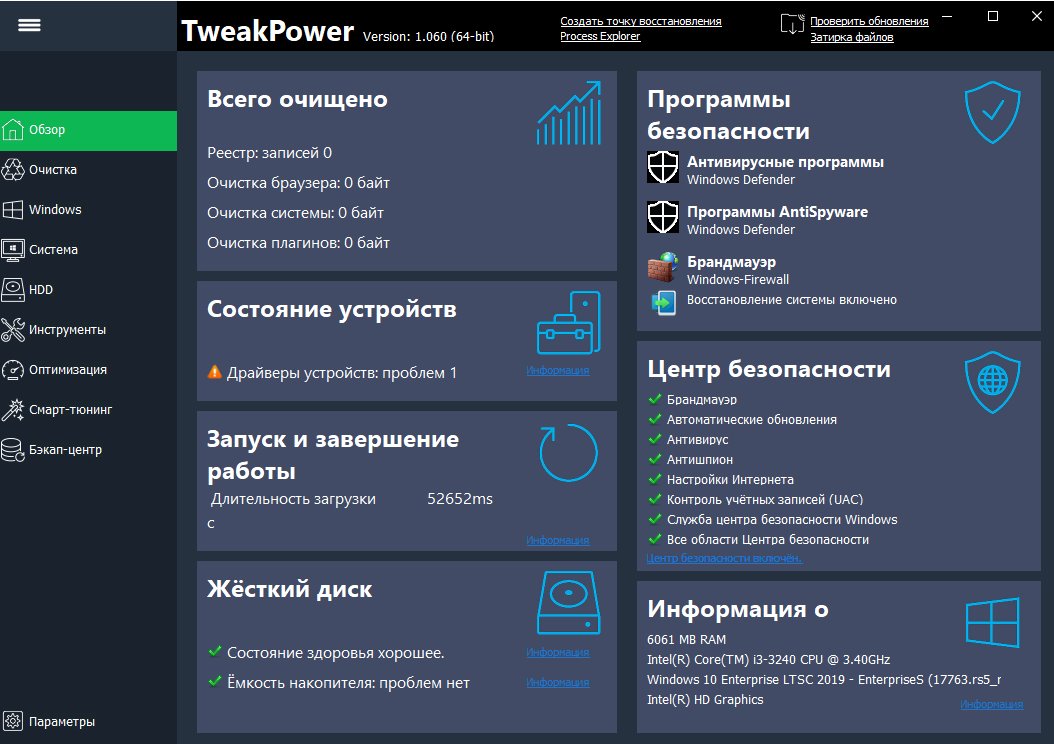
While Global Positioning System (GPS) has recorded a considerable success for navigating outdoors, the absence of GPS indoors has made orientation in indoor environment challenging. Introduction: Navigation systems provide time and location information for easy and accurate navigation in a specified environment. This paper has profound implications for future studies of positioning and navigation. It analyses distinct positioning technology metrics such as accuracy, complexity, cost, privacy, scalability and usability. This paper presents a state-of-the-art survey of indoor positioning and navigation systems and technologies, and their use in various scenarios. The prevalent signal properties are Angle of Arrival (AOA), Time of Arrival (TOA), Time Difference of Arrival (TDOA) and Received Signal Strength Indication (RSSI), while the positioning algorithms are Triangulation, Trilateration, Proximity and Scene Analysis/ Fingerprinting. In addition, positioning techniques applied in indoor positioning systems include the signal properties and positioning algorithms. The RF technologies include Bluetooth, Ultra-wideband (UWB), Wireless Sensor Network (WSN), Wireless Local Area Network (WLAN), Radio-Frequency Identification (RFID) and Near Field Communication (NFC). Among them are Infrared (IR), Ultrasound, Audible Sound, Magnetic, Optical and Vision, Radio Frequency (RF), Visible Light, Pedestrian Dead Reckoning (PDR)/Inertial Navigation System (INS) and Hybrid. Thus, several technologies have been proposed and implemented to improve positioning and navigation indoors.



However, how they fare indoors is different altogether. Most of the algorithms, techniques and technologies used have been implemented outdoors. Based on this success, there have been attempts to implement these technologies indoors, leading to numerous studies. The research and use of positioning and navigation technologies outdoors has seen a steady and exponential growth.


 0 kommentar(er)
0 kommentar(er)
